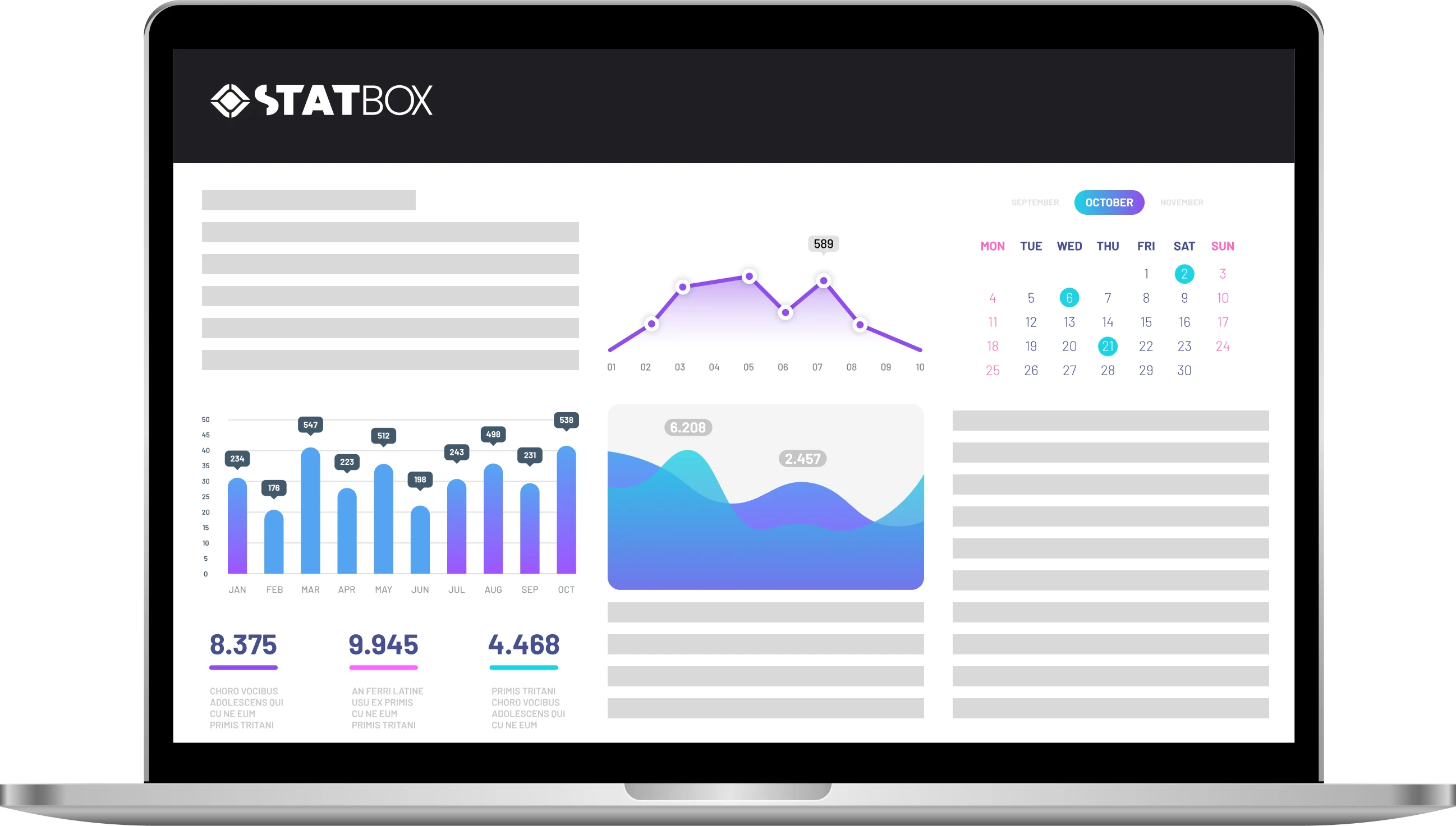Most African users prefer Uber Eats for food delivery.
Convenience is a key driver of food delivery app usage.
50.6% order food delivery at least once a week.
Food delivery in Africa is seeing relatively high engagement, with around 50.6% of users ordering at least once a week. The primary driver behind this frequent use is the time-saving benefits these apps offer, especially when it comes to cooking and cleaning. For many people, food delivery has become a go-to solution to avoid cooking altogether. However, the trend isn’t solely about convenience; 22.84% of users turn to food delivery when they’re feeling sick or unable to leave their homes, highlighting the versatility of these services.
While international brands like Uber Eats are certainly a big part of the conversation, the overall engagement in food delivery is influenced by a mix of local preferences and the trust that users place in certain services. Uber Eats may lead in recognition, but other players like Glovo and Jumia Food are steadily gaining ground. As more people turn to food delivery for convenience and variety, these local services are positioning themselves to become key competitors, potentially reshaping the landscape as they continue to grow. This shift shows the growing opportunity for regional brands to tap into the expanding demand for food delivery.
*Disclaimer: The information provided by TGM StatBox is intended for general informational purposes only. TGM StatBox does not assume liability for the completeness or accuracy of the information provided. Due to frequent updates, statistics may be more current than mentioned in the text. Please independently verify the information and consult experts as needed.

Connect with our expert team for immediate assistance or comprehensive market analysis. We are always ready to support your business needs.